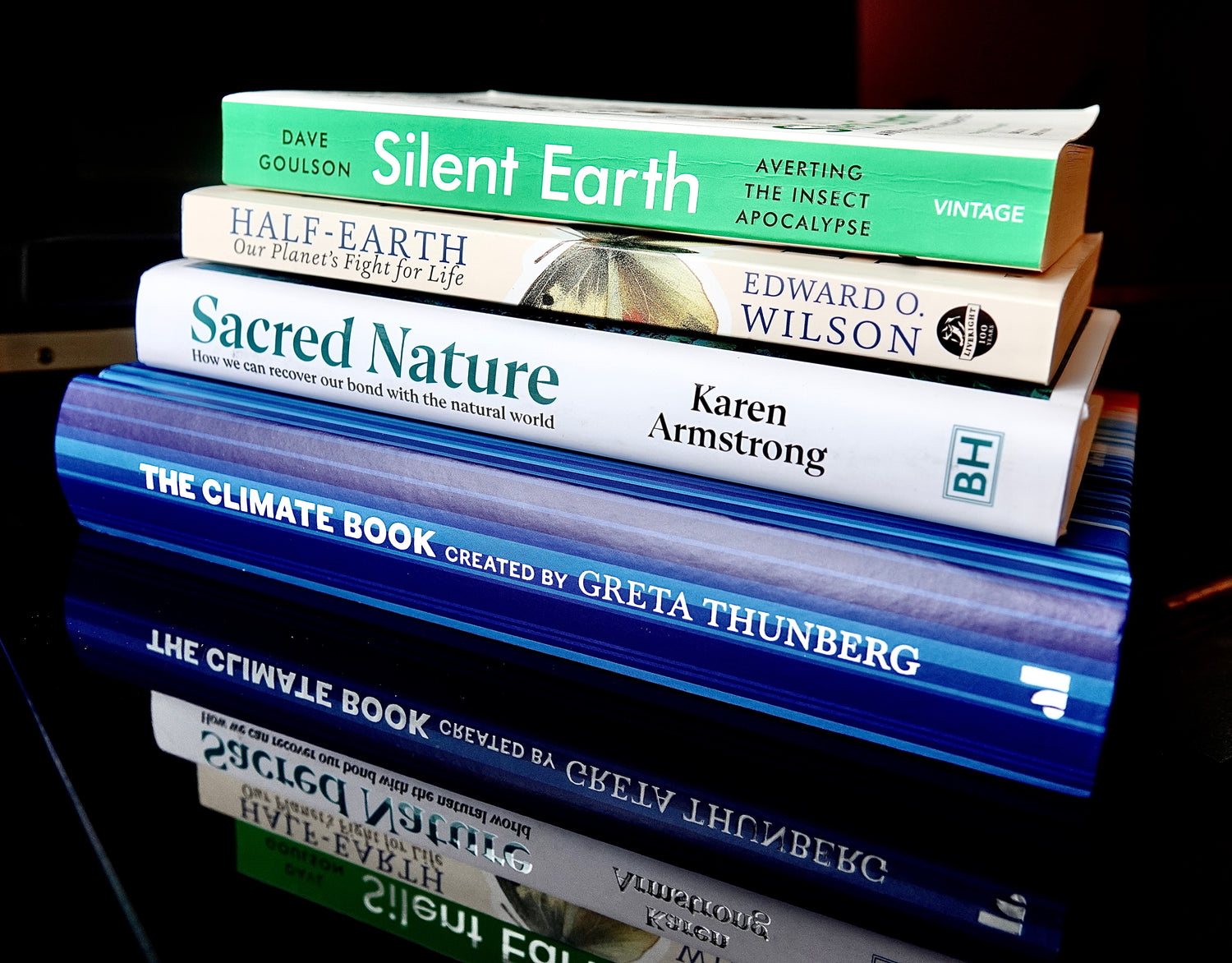PIPEDA Compliance
Data Rectification
You can use the link below to update your account data if it is not accurate.
Data Portability
You can use the links below to download all the data we store and use for a better experience in our store.
Access to Personal Data
You can use the link below to request a report which will contain all personal information that we store for you.

Butterfly Conservation
Support the Butterfly Conservation's 2021-2026 strategy to:
1. Halve the number of the UK’s threatened species of butterflies and moths;
2. Improve the condition of 100 of the most important landscapes for butterflies and moths;
3. Transform 100,000 wild spaces in the UK for people, butterflies and moths.

Key wildlife initiatives
The Royal Society for the Protection of Birds, World Wildlife Fund, Woodland Trust and the People's Plan for Nature have each developed inventive strategies to engage, campaign and improve Nature's outlook.
Join the conversation about conservation!
Learn more
Reading material

Silent Earth: Averting the insect apocalypse
Whatever your imagination conjures up when you think of an 'insect apocalypse’, Dave Goulson convinces us that the reality will be ruinous to us all. Sadly, the tapering number of our beleaguered insects goes largely unnoticed by most – a fact this book admirably sets out to topple. Extolling the virtues of these myriad invertebrates, from ants to bees to beetles to moths, we learn how the bedrock of the animal food chain is crumbling as a result of human-driven carbon emissions, flagrant pesticide use and unsustainable Western lifestyles. As a springboard for change, Goulson’s inspirational rhetoric is simple. The hapless inevitability of our current predictions need not materialise, but first must come much greater respect for the importance and irreplaceability of insects.
Half-Earth: Our planet's fight for life
The Half-Earth model sounds deceptively simple – all that is needed to alleviate the climate and biodiversity crises is split the planet’s land and ocean territories into two: half for humans and half for Nature to flourish without interference. If achieved, biodiversity loss would plateau at a tolerable level and at least 85% of species would survive. Even if one is only interested in an anthropocentric viewpoint, Nature’s refuge would work for our benefit in the only way it knows, filtering our skies, replenishing our oceans and restoring global ecological health. But how do you fairly divide the planet into thousands of pieces when worldwide policies, geography and opinions are so fragmented? It takes global unity. This is what E.O. Wilson clamours for in this absorbing account of a potential solution to the biggest threat to life in the last 66 million years.
Sacred Nature: How we can recover our bond with the natural world
Since time immemorial human cultures have developed intricate spiritual relationships with the natural world, reflecting our ancestors’ appreciation for its innate value. While modernism has gradually stifled many of these ancient tenets, Karen Armstrong advocates strongly for their revitalisation. If you are curious how wanwu, de and ahimsa are relevant to all of us in our increasingly complex civilisation, then Sacred Nature duly imparts the sanctity and togetherness they engender. At its heart, this book urges you to re-evaluate your natural surroundings in a new light.
The Climate Book
Do not let the understated title fool you - this is so much more than a book on climate. It is a manifesto for the protection of our planet; a tome of informative accounts ranging from methane to meatless, from deforestation to decarbonisation; a teeming medley of factual nuggets and heartfelt pathos from the most in-the-know; a narrative that rightly levies a moral responsibility on us all. In a society where well-reasoned, expert-driven argument is often lost in the mire of misinformation, Greta Thunberg has collated the opinions of those who best understand the climate emergency: what it is, why does it exist and how can we circumvent the very worst outcomes. Dip into these digestible mini-essays and emerge with a refocused mind. Our planetary successors will certainly be thankful for our resurgence from a collective state of damaging and myopic inaction.
The Economics of Biodiversity: the Dasgupta Review
Economics and biodiversity seemed unlikely partners to me, and yet in this government-commissioned Review, Professor Sir Partha Dasgupta outlines in concise detail the need to reframe our macroeconomic models in light of the biodiversity crisis we face. First came produced capital (eg, houses, cars, hospitals), then came human capital (eg, health, knowledge) and now must come natural capital (eg, trees, plants, insects, oceans). Gross domestic product (GDP), the universal metric of a country’s financial status, is no longer fit for purpose, as it ignores natural capital. The problem is that different tools are needed to measure our impact on Nature, as its components are generally invisible, silent and/or mobile. No wonder GDP and our standard of living have been increasing over the last 70 years, when we have simply been pillaging the planet’s natural capital with neither accountability nor sustainability. Governments must listen. We must learn. Start with the Headline Messages, then progress to the Abridged and Full versions if you have the stamina.
Moth identification
Find names of the moths featured in the Moth Collection below. The hawkmoths and tigers are particularly stunning. Groups are presented based on a linguistic categorisation of their English names in an attempt to make their learning more accessible. For more information on each species, links are provided to either the Butterfly Conservation, UK Moths or Nature Spot websites. We thank our friend and moth enthusiast, David Cousins, for helping us to confirm these moth IDs.














































































































































































































































